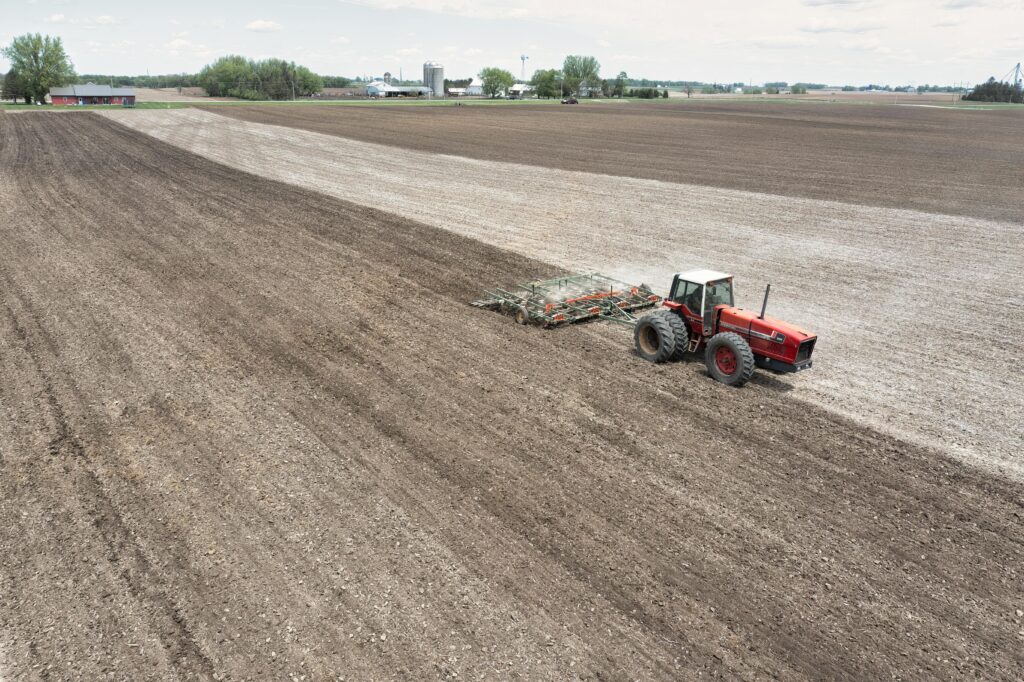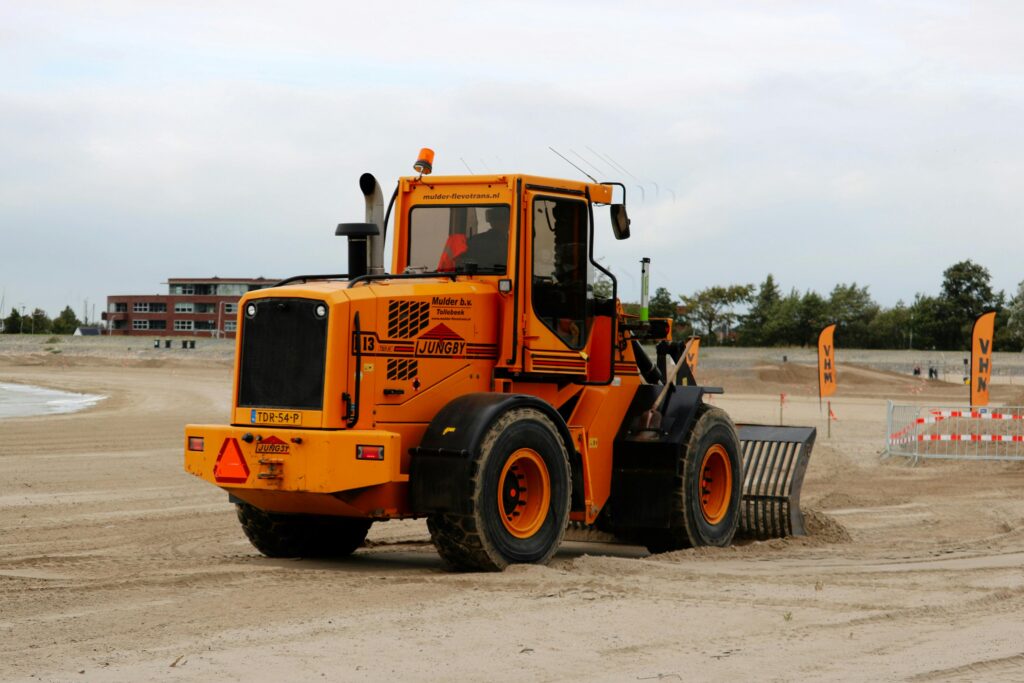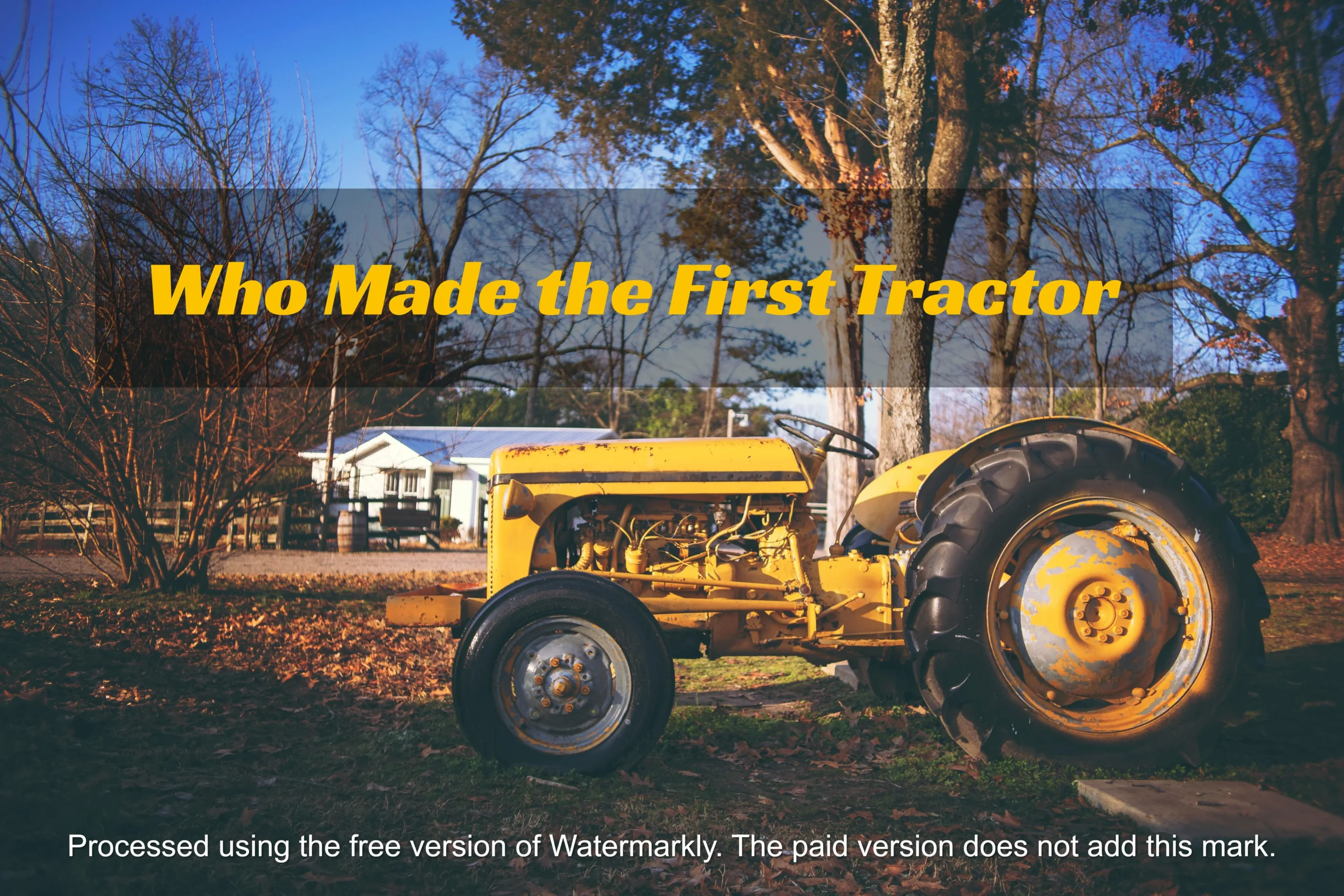The first successful gasoline-powered tractor was built by Charles Hart and Charles Parr in Charles City, Iowa, in 1903. This pioneering machine laid the foundation for modern agricultural equipment, revolutionizing farming practices worldwide.
Introduction
The development of the tractor revolutionized agriculture, transforming it from a labor-intensive, small-scale endeavor into a highly efficient, mechanized industry. But who can be credited with creating the first tractor, and what led to this groundbreaking innovation? This article delves into the fascinating history of the tractor, exploring its origins, key inventors, and the milestones that paved the way for modern agricultural machinery.
The Early Beginnings of the First Tractor Development
Steam-Powered Traction Engines
The roots of the tractor can be traced back to the late 18th century when steam power began to be applied to various industrial and transportation tasks. One of the earliest examples of a steam-powered traction engine was the “Bouncing Billy,” invented by Richard Trevithick in 1808. This bulky, steam-driven machine was designed to haul heavy loads on roads and is considered a precursor to the modern tractor.
However, it wasn’t until the mid-19th century that steam traction engines found their way onto farms. In 1859, John Fowler introduced the first successful steam-powered plowing engine, which could pull multiple plows simultaneously, significantly increasing agricultural productivity.
Early Gasoline-Powered Tractors
While steam traction engines were a significant improvement over animal power, they were still cumbersome, expensive, and required a skilled operator. The search for a more efficient and cost-effective alternative led to the development of gasoline-powered tractors.
One of the earliest gasoline-powered tractor prototypes was created by John Froelich in 1892. Froelich’s “Froelich Tractor” was a two-cylinder, horizontally opposed gasoline engine mounted on a chassis with four wheels. Despite its innovative design, the Froelich Tractor never achieved commercial success due to its high cost and limited power.
The Pioneers of Modern Tractor Design
Benjamin Holt and the Birth of the Caterpillar Tractor
In the early 1900s, Benjamin Holt, a manufacturer of steam traction engines, recognized the potential of gasoline power and set out to create a more efficient and versatile tractor. Holt’s breakthrough came in 1904 when he developed the first successful crawler-type tractor, known as the “Holt Caterpillar.”
The Holt Caterpillar featured a unique continuous track system that allowed it to navigate rough terrain and soft soil more effectively than wheeled tractors. This design revolutionized agricultural machinery, paving the way for modern tracked vehicles and establishing the Caterpillar brand as a leader in the tractor industry.
Henry Ford and the Fordson Tractor
While Benjamin Holt pioneered the crawler tractor, Henry Ford played a pivotal role in popularizing the wheeled tractor for agricultural use. In 1917, Ford introduced the Fordson tractor, a lightweight, affordable, and mass-produced tractor designed specifically for small-scale farming.
The Fordson tractor was powered by a four-cylinder gasoline engine and featured a simple, yet robust design that made it accessible to farmers around the world. Its low cost and ease of operation contributed significantly to the widespread adoption of mechanized agriculture, solidifying Ford’s legacy as a pioneer in both the automotive and agricultural industries.

The Evolution of Tractor Technology
Diesel Power and Advanced Engineering
As tractor technology advanced, diesel engines became the preferred power source due to their superior fuel efficiency and durability. In the 1920s, companies like John Deere and International Harvester began producing diesel-powered tractors, which offered greater torque and longer service life compared to gasoline engines.
Advancements in engineering and materials also played a crucial role in the development of more powerful and reliable tractors. The introduction of hydraulic systems, power steering, and improved transmission designs made tractors easier to operate and more versatile in their applications.
Specialized Tractor Designs
As agriculture became more specialized, tractor manufacturers responded by developing specialized designs tailored to specific tasks. For example, row-crop tractors were designed with narrow wheelbases and high clearance to navigate between crop rows, while orchard tractors featured low profiles and compact designs for maneuvering in tight spaces.
Other specialized tractor types included:
- Articulated tractors: Featuring a pivoting frame, these tractors excelled in tight turns and rough terrain.
- Four-wheel-drive tractors: With improved traction and stability, these tractors were suited for heavy-duty tasks like plowing and harvesting.
- Compact tractors: Smaller and more maneuverable, these tractors were ideal for use on smaller farms and in landscaping applications.

The Impact of Tractors on Agriculture
The introduction of tractors had a profound impact on agriculture, revolutionizing farming practices and enabling significant increases in productivity and efficiency.
Increased Productivity and Efficiency
Prior to the advent of tractors, most agricultural work was performed by manual labor or animal power, which was slow, labor-intensive, and limited in scale. Tractors, on the other hand, could perform tasks faster, with greater precision, and over larger areas, allowing farmers to cultivate more land and produce larger yields.
According to the United States Department of Agriculture (USDA), the adoption of tractors and other mechanized equipment contributed to a 500% increase in agricultural productivity between 1930 and 2000.

Economic and Social Implications
The widespread use of tractors not only transformed agricultural practices but also had far-reaching economic and social implications. As farms became more productive and efficient, the demand for agricultural labor decreased, leading to a shift in population from rural to urban areas.
Additionally, the reduced labor requirements and increased yields contributed to lower food prices, making agricultural products more accessible to a wider population.
However, the mechanization of agriculture also brought challenges, such as the displacement of agricultural workers and the consolidation of smaller farms into larger, corporate-owned operations.
Modern Tractor Technology and Trends
Precision Agriculture and Automation
In recent decades, the integration of advanced technologies has further revolutionized the tractor industry. Precision agriculture techniques, such as GPS-guided navigation, variable rate fertilizer application, and yield mapping, have enabled farmers to optimize their operations and maximize efficiency.
Automation has also played a significant role, with the introduction of autonomous tractors and robotic farming systems. These cutting-edge technologies have the potential to reduce labor costs, increase productivity, and minimize environmental impact by optimizing resource utilization.

Sustainability and Environmental Considerations
As concerns about environmental sustainability and climate change have grown, tractor manufacturers have responded by developing more eco-friendly and energy-efficient designs. These include tractors powered by alternative fuels like biofuels, compressed natural gas, and electricity, as well as hybrid and electric models that reduce emissions and fuel consumption.
Additionally, advances in precision agriculture and automation have enabled more targeted and efficient use of resources, such as fertilizers and pesticides, minimizing waste and reducing the environmental impact of farming operations.
Table: Major Tractor Manufacturers and Their Flagship Models
ManufacturerFlagship ModelCountry of OriginJohn DeereJohn Deere 8RUnited StatesCase IHSteiger SeriesUnited StatesNew HollandT9 SeriesItalyMassey Ferguson8700 SeriesUnited StatesAGCOChallenger SeriesUnited StatesFendt1000 VarioGermanyKubotaM7 SeriesJapanClaasAxion 900Germany
Conclusion
The development of the tractor has been a fascinating journey, spanning centuries of innovation and ingenuity. From the early steam traction engines to the cutting-edge autonomous and sustainable designs of today, tractors have revolutionized agriculture, enabling unprecedented levels of productivity, efficiency, and environmental stewardship.
As we look to the future, the tractor industry will continue to evolve, driven by advances in technology, environmental concerns, and the ever-increasing demand for food production. However, the pioneering spirit and dedication of inventors like Benjamin Holt, Henry Ford, and others will forever be remembered as the driving force behind one of the most significant innovations in agricultural history.
FAQs
1. Who is credited with making the first tractor?
While there were several early inventors who contributed to the development of the tractor, two names stand out: Benjamin Holt, who created the first successful crawler-type tractor (the Holt Caterpillar) in 1904, and Henry Ford, whose Fordson tractor in 1917 popularized the use of wheeled tractors for small-scale farming.
2. What was the first successful gasoline-powered tractor?
The first successful gasoline-powered tractor is considered to be the Froelich Tractor, invented by John Froelich in 1892. While not a commercial success due to its high cost and limited power, the Froelich Tractor was an important precursor to modern tractor design, featuring a two-cylinder gasoline engine and four wheels.
3. How did the development of the tractor impact agriculture?
The introduction of tractors had a profound impact on agriculture, enabling significant increases in productivity and efficiency. By mechanizing tasks previously done by manual labor or animal power, tractors allowed farmers to cultivate larger areas, produce higher yields, and reduce labor requirements. This transformation contributed to lower food prices and a shift in population from rural to urban areas.
4. What are some key advancements in modern tractor technology?
Some key advancements in modern tractor technology include precision agriculture techniques (GPS guidance, variable rate application, yield mapping), automation (autonomous tractors, robotic farming), and sustainability initiatives (alternative fuels, hybrid/electric models, resource optimization). These technologies aim to further increase efficiency, productivity, and environmental stewardship.
5. What are some specialized tractor designs and their applications?
Several specialized tractor designs have been developed for specific agricultural tasks and environments:
- Row-crop tractors: Narrow wheelbase and high clearance for crop rows.
- Orchard tractors: Low profile and compact design for orchards/vineyards.
- Articulated tractors: Pivoting frame for tight turns and rough terrain.
- Four-wheel-drive tractors: Improved traction/stability for heavy-duty tasks.
- Compact tractors: Smaller and more maneuverable for small farms/landscaping.
